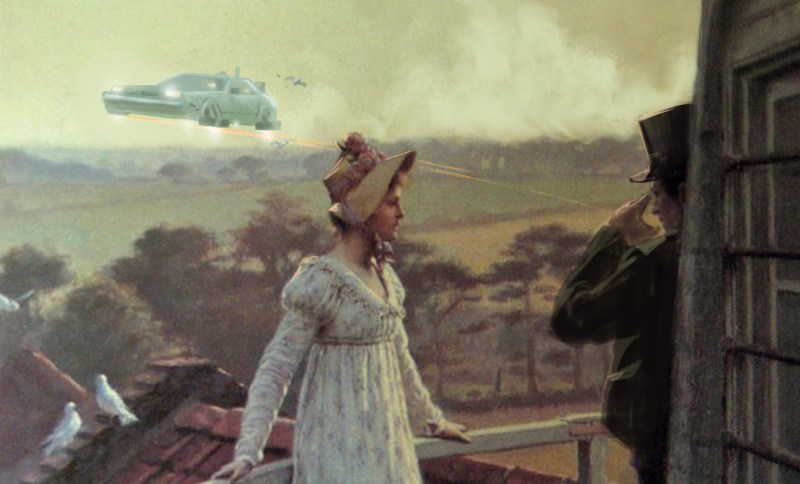This week on Hackaday, we featured a project that tickled my nostalgia bone, and proved that there are cool opportunities when bringing new tech to old problems. Let me explain.
[Muth] shared a project with us that combines old-school analog photography printing with modern LCD screens. The basic idea is to use a 4K monochrome screen in place of a negative, making a contact print by placing the screen directly on top of photographic paper and exposing it under a uniform light source. Just like the old ways, but with an LCD instead of film.
 But what’s the main difference between a screen and film? You can change the image on the LCD at will, of course. So when [Muth] was calibrating out exposures, it dawned on him that he could create a dynamic, animated version of his image and progressively expose different portions of the paper, extending the available dynamic range and providing him the ability to control the slightest nuances of the resulting image contrast.
But what’s the main difference between a screen and film? You can change the image on the LCD at will, of course. So when [Muth] was calibrating out exposures, it dawned on him that he could create a dynamic, animated version of his image and progressively expose different portions of the paper, extending the available dynamic range and providing him the ability to control the slightest nuances of the resulting image contrast.
As an old photo geek, this is the sort of trick that we would pull off manually in the darkroom all the time. “Dodging” would lighten up a section of the image by covering up the projected light with your hand or a special tool for a part of the exposure time. With [Muth]’s procedure, he can dodge the image programmatically on the per-pixel level. We would have killed for this ability back in the day.
The larger story here is that by trying something out of the box, applying a new tool to an old procedure, [Muth] stumbled on new capabilities. As hackers, we’re playing around with the newest tech we can get our hands on all the time. When you are, it might be that you also stumble on new possibilities simply afforded by new tech. Keep your eyes open!















There is huge money to be made in the screenprinting industry with what is described. a huge amount of waste is created in both time and supplies because burning a screen requires actual printed transparencys. I pitched this exact Idea to a hardware manufacturer but they were to busy to listen.
use an LCD screen mounted to the burn unit. never pay for supplies again, never waste time burning multicolor screens slightly out of place so you have to try to offset them.
I’ve been thinking much the same. There are direct-to-screen (DTS) devices out there to image directly onto the emulsion, but I think mainly laser?
Looking forward to giving it a whirl!
What are you describing are CTS (computer to screen) machines. There is plenty of them, with different architectures.
I like for example the one, that prints ink directly on the emulsion. (Next exposure and rinse)
But there are also machines, which expose directly the emulsion by laser or UV. Or print directly the screen (emulsion).
Print photography is before my time. Can this be extended to color prints?
Is color done by exposing to light, with a different color filter? If so, color prints are the next logical step.
I would guess it could in principle. But getting the color temperature / white balance _just right_ is one of those things that in the past involved so much fine tuning that I wonder if it exceeds the bit depth of the screen.
OTOH, you could probably do something cool with changing color over time like [Muth] did here to get the in-between colors.
The chemistry with color prints is different, but not all that much worse.
“The basic idea is to use a 4K monochrome screen in place of a negative, making a contact print by placing the screen directly on top of photographic paper and exposing it under a uniform light source. Just like the old ways, but with an LCD instead of film.”
Borrow some 3D printer ideas. Mems perhaps.
And why not to place directly the color photographic paper on the surface of a good quality 4k monitor and expose the paper to a sequence of color calibrated images properly generated in order to reproduce the original color image? In this case the uniform light source will be the retro illumination of the screen … Yes! A lot of s/w job will be necessary to produce the right negative nuance that will be transformed in the positive color on the paper … but … in principle … why not, and, if not, why?
I feel like you’re so close to 3d printing old photographs by converting a set of several hundred under- and over exposed images into “slices.”